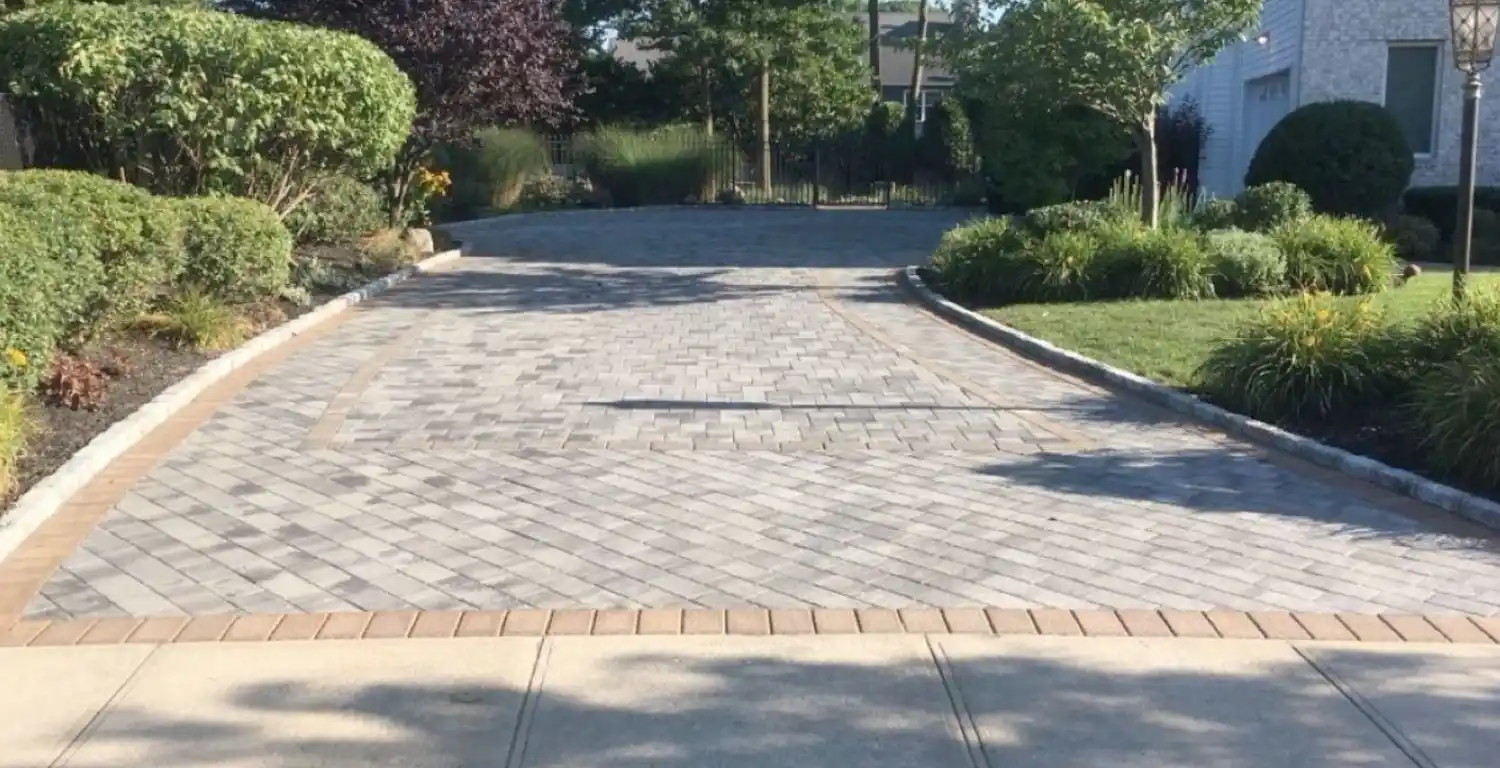

One of the biggest problems in construction is waterproofing. In a conventional house, water flows into the basement and/or through the walls, then you use pumps and drains to get rid of it. You can build houses out of things like brick or concrete, which are impermeable to water, but these materials are heavy and expensive. They also aren’t very good at keeping out cold air in winter, and so you need additional insulation. The waterproofing of structure is one of the most important aspects of modern construction. This is particularly for structures which are underground or are subject to flooding, and where the structure may be exposed to dampness throughout its life. However, even above ground structures require some form of water control system in order to maintain the integrity of the building materials and to prevent damage to the building fabric.
Waterproofing may be required in a variety of situations
Waterproofing usually starts with a tanking membrane, a waterproof layer that is impervious to water. Usually these membranes are made of elastic polymers like butyl rubber and polyurethane. Other methods include hydrophilic systems and cementitious coatings.
These methods make use of various materials, including metal sheeting, tar or asphalt-based compounds, rubberized sheeting, waterproof paints, and liquid coatings.
Recently an alternative method has come into the market in the form of prefabricated PODs (Precast onsite Detailing), which are made out of aluminium, steel or other metal. These PODs can be bolted together to form a complete tanking system that is completely waterproof as it is in itself a sealed unit made from waterproof materials.
Basement walls should be constructed with a waterproofing material on the outside of the wall; however, this is not always the case. Many builders construct their basement walls without any barrier between the concrete block or poured concrete walls and the soil around your home. This can lead to water seeping through cracks in your basement walls or even through the cinder blocks themselves. Even when contractors use waterproofing materials properly, it is not uncommon for them to cut corners that leave your basement vulnerable to leak.
There are many benefits to waterproofing the old masonry of your building
The benefits of waterproofing in masonry and construction are too numerous to mention and should not be taken for granted.
The main function of a waterproofing treatment is to prevent water, moisture or dampness from passing through the material. Waterproofing materials can include tiles, bricks, concrete, metal and even plastic. Some common applications include structural waterproofing of buildings, tunnels, foundations, basements and other structures.
The most common methods of waterproofing include sealing the surface with a sealant such as paint or sealant primer. This process will help prevent the water from getting into the pores of the material, thus preventing it from passing through to the inner core. However, it will also help protect against corrosion caused by water and moisture.
Another method involves applying a waterproof coating to the outer layer of the material before applying a second layer to cover the entire area being treated. This second layer will provide a protective barrier that prevents moisture from entering. The first layer can be removed after this second coat has dried completely.
Aesthetics – A building with flashing, crumbling paint and cracked walls is unsightly. Waterproofing makes your home look more attractive, adding value to it.
Cleanliness – Water seepage into a home does not only cause aesthetic problems; it also causes health issues as well.
There are two types: positive side waterproofing which means applying a coating over concrete surfaces that are already exposed to moisture; negative side waterproofing involves applying some sort of material such as plastic sheeting underneath concrete slabs before pouring them into place.”
Waterproofing is a key part of preserving and protecting buildings, structures and finished spaces, as well as personal property such as electronics, furniture and clothing, from damage caused by water seepage. Water can damage these items at the source of entry, which may be hard to detect, or it can cause secondary damage such as mold growth, which can endanger human health and result in expensive repairs.
Did you know a small puddle of water can damage brickwork? We’ve got a wealth of tricks to make waterproofing easy, so get in touch with Affordable Property Solution contractors today!
© Copyrights 2024 Affordable Property Solution | All rights reserved.